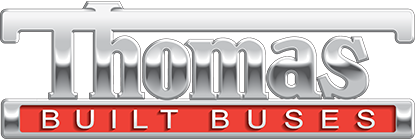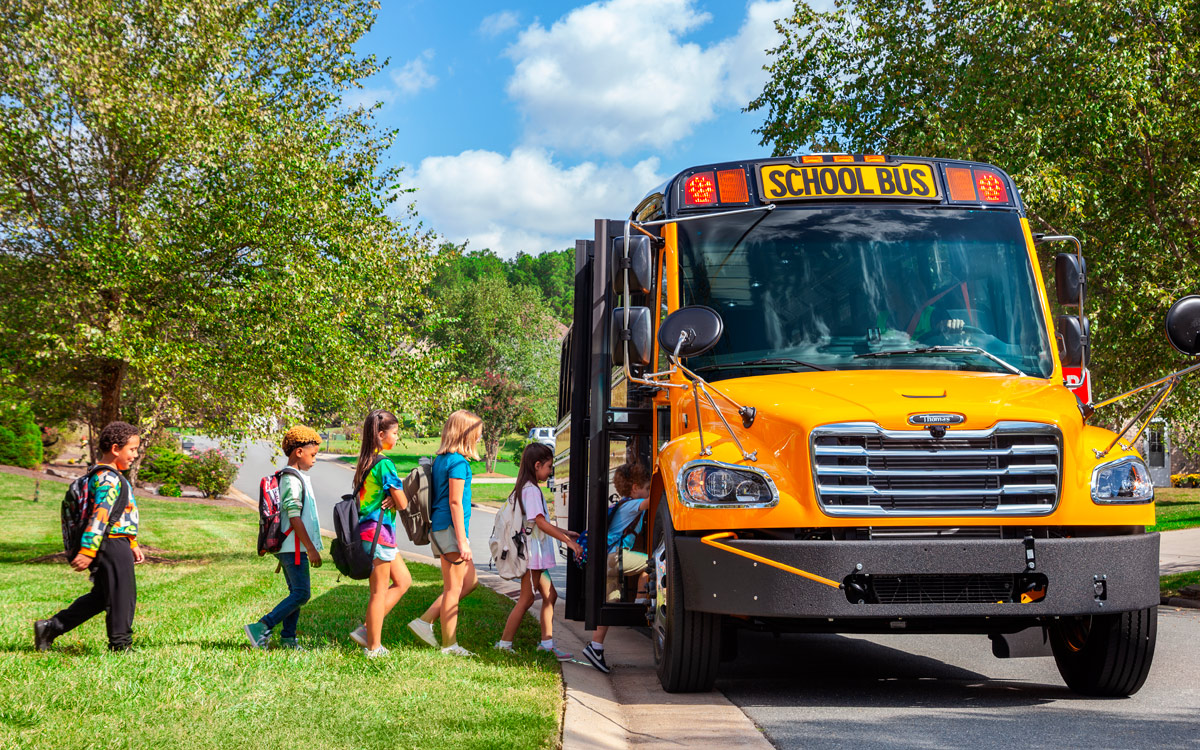
In today’s rapidly evolving industrial landscape, sustainability has become a global focus. But what does that even mean? For Thomas Built Buses, it’s about defining our commitment to our organization, our industry and the communities we serve. While our electric school bus, the Saf-T-Liner® C2 Jouley®, and its many milestones (including the recent delivery of our 1,000th) often come to…
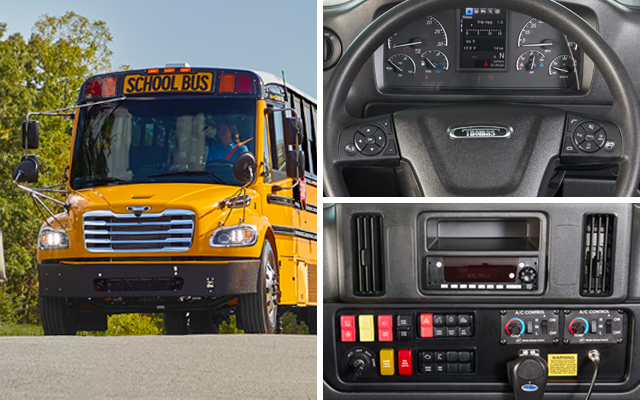
Upgrading the C2’s User-Experience for a New Era of Drivers
Student safety is in the hands of school bus drivers. The more comfortable and confident drivers feel, the more safely they drive.
For the last 20 years, Thomas Built Buses has supplied the industry with advanced electronics engineered with safety prioritized in every detail. Our Saf-T-Liner® C2 was designed…
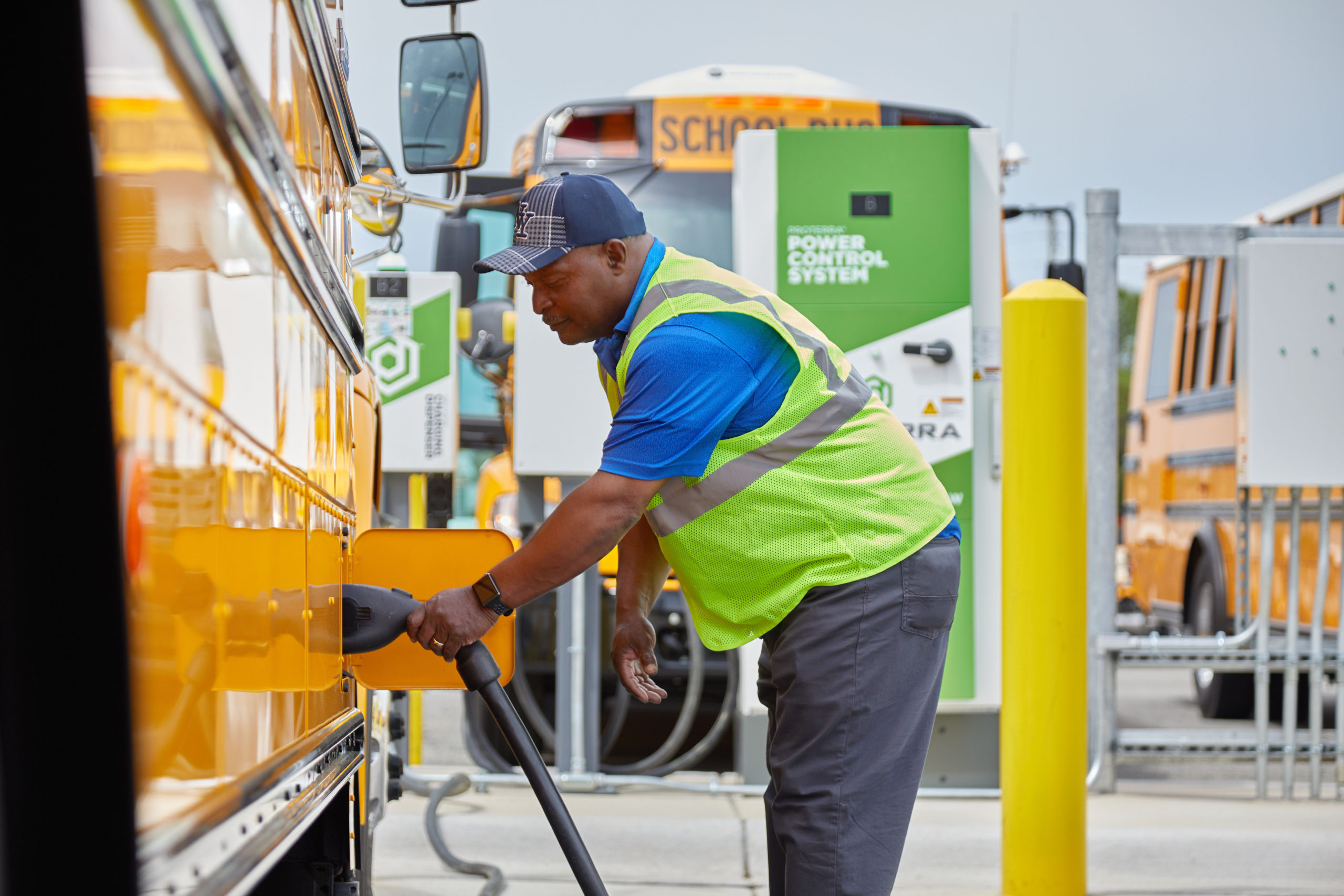
As electric school buses continue to gain momentum across the U.S. through federal incentives like the EPA’s Clean School Bus Program, school districts are looking for help in transitioning their traditional bus fleets to electric, including building out electric vehicle (EV) infrastructure.
Building and implementing charging infrastructure can be a daunting task, with challenges…

From Kendra Eads, VP of Engineering and Technology at Thomas Built Buses
As we gear up for the back-to-school season, it’s important to recognize the significant advancements in school bus technology that enhance the safety and well-being of our students during their daily journeys.
At Thomas Built Buses, our commitment to safety is evident in our mission and…
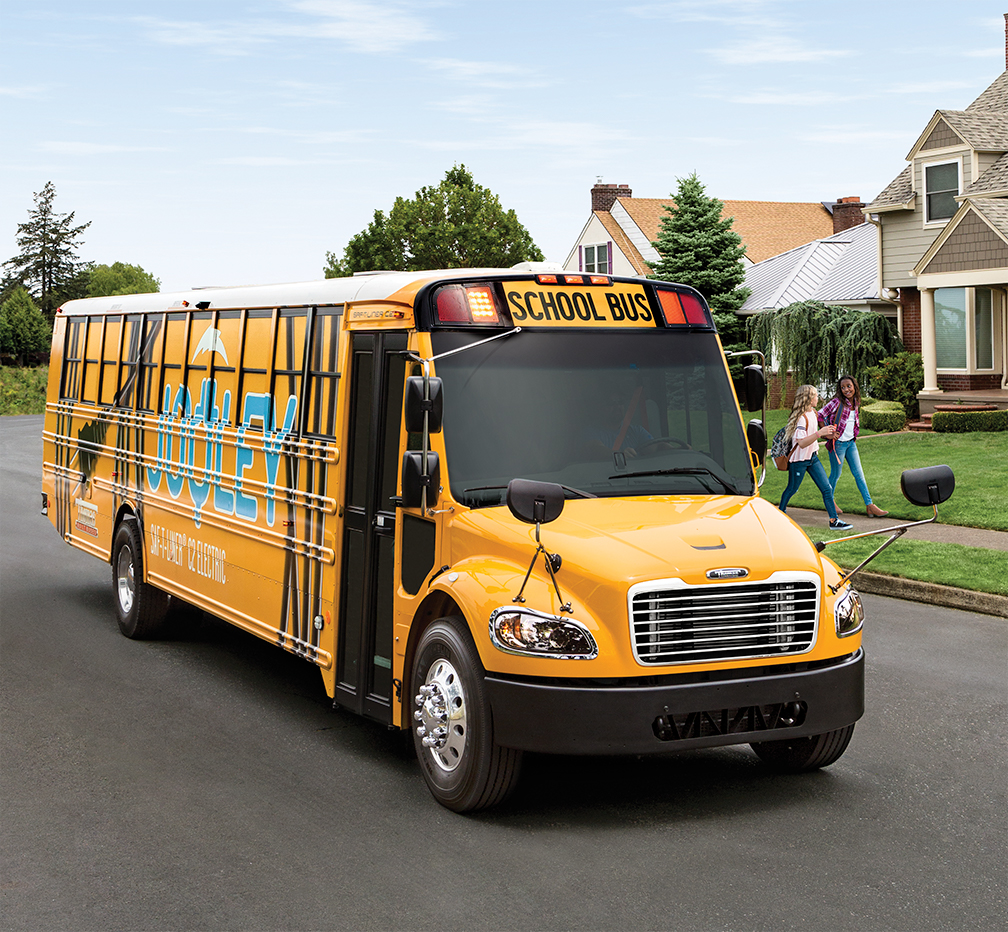
While many school districts are excited about the prospect of adding electric school buses to their fleet, apprehension regarding electric school bus and infrastructure costs cause some to take a step back. But surprisingly, when fleets take a look at the bigger picture—the total cost of ownership of an electric school bus—they find that electric buses could actually cost less over their entire lifecycle than clean-diesel, gasoline, compressed natural gas or propane school buses when funding and incentives are applied.
Electric school bus savings come in the form of fuel savings and lower maintenance costs. Although fueling and charging costs ebb and flow, recent reports show that electricity currently costs around 40 percent less than diesel. Plus, because electric school bus engines have as few as ten moving parts, maintenance is dramatically reduced, with the largest maintenance expense being battery replacement.
Even when you consider the higher purchase price, maintenance costs, power costs and possible battery replacement, an electric school bus could still save schools nearly $2,000 a year in fuel and $4,400 a year in maintenance costs according to a study by the Clinton Global Initiative. The study found that electric buses make up for their higher purchase costs within 13 years of operation and end up saving more than $31,000 in operational costs over the lifetime of the bus.
Where to Find Funding
As part of our Electric Bus Authority program, Thomas Built Buses partners with customers to identify funding opportunities, such as state incentives, vouchers, utility providers and private foundations that can help to offset the cost of procuring new electric school buses as well as infrastructure purchase and installation.
For instance, states like California and New York have offered funding, special financing and rebates to cover the initial purchase price of an electric school bus as well as charging infrastructure. Even more states and some utility providers are considering PAYING school districts for storing unused energy in school buses and supplying it back to the energy grid when the grid becomes overloaded.
After funding is identified, the Electric Bus Authority team will work alongside districts to assist with funding applications and spec the best bus and charging infrastructure for the fleet. The team will also help to pull in the local utility provider into the conversation to assess electric rates and energy buy-back opportunities.
Keep in mind that funding options continually rotate throughout the country, so even if there aren’t any funding options in a specific area, that doesn’t mean that there won’t be in the near future. Thomas Built Buses aims to keep tabs on future funding opportunities and can alert districts when local funding becomes available.
Funding for initial capital costs decreases the total cost of ownership of an electric school bus. In addition, savings can grow even more as government funding and incentives continue to kick in. And, more good news: the cost of batteries continues to decline and revenue sources from utility companies are beginning to emerge.
In the end, running an electric school bus could cost a lot less than fleet owners might think and could even end up saving a district money in the long run. To find out more, contact a local Thomas Built Buses dealer for more information or speak with someone at the Electric Bus Authority.
